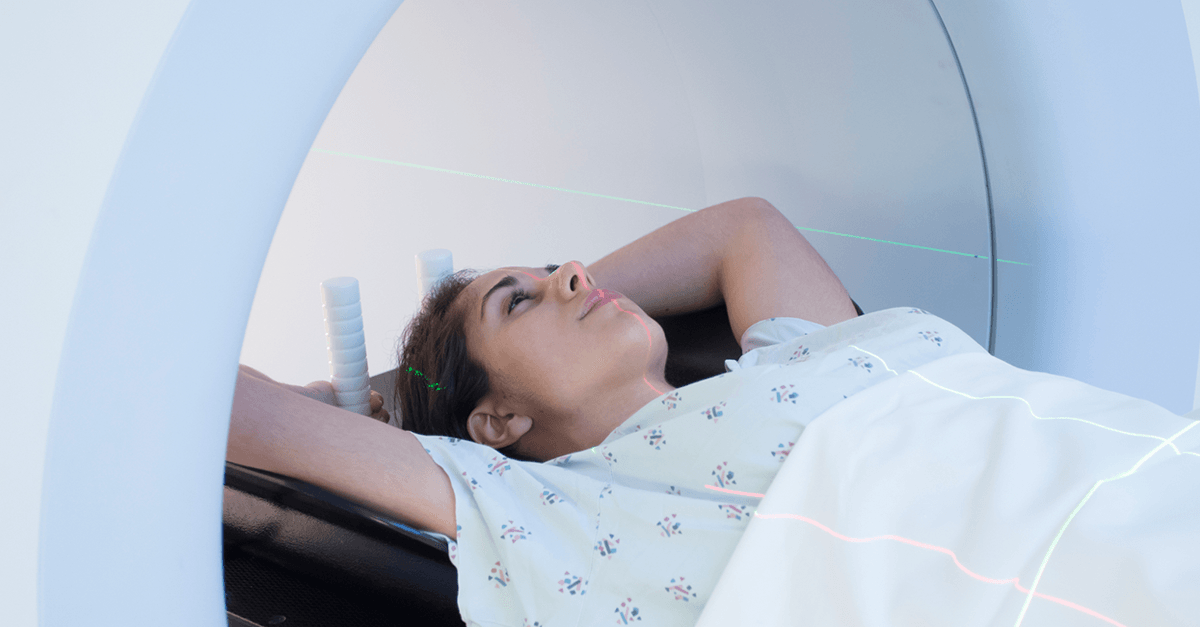Having a high genetic risk for breast cancer has led many women to at least consider a prophylactic mastectomy—having their breasts removed so that cancer can’t develop. A new study suggests another far less drastic option…a new schedule for breast cancer screenings.
Current screening guidelines for people at high risk for breast cancer involve an annual breast MRI along with a mammogram. However, a review of several studies found that, with this level of surveillance, some patients’ cancers were not found in their earliest stages and, for a group of them, the cancer had already spread to lymph nodes, making it more difficult to treat.
The new study: Researchers from the US and Brazil wanted to test a more aggressive screening schedule—a breast MRI every six months along with a yearly mammogram. They enrolled 295 women at high risk for breast cancer—the women either had a lifetime breast cancer risk of 20% or higher and/or had tested positive for the BRCA1 or BRCA2 gene mutation.
During the 12-year study (2004 to 2016), 17 breast cancers were found. Fifteen occurred in women with a genetic mutation, primarily BRCA1. All of the cancers were found at an early stage, with tumors less than one centimeter in diameter, and before any had spread to lymph nodes. All these women were treated and were disease-free at the time the study was published in 2018.
Surprising finding: The mammograms did not add to the cancer diagnosis rate, and the researchers suggest that they can be eliminated in future studies. They conclude that high-risk breast cancer can be found at an earlier stage through breast MRIs at six-month intervals alone.
Will this study change the current guidelines? Not yet, but twice-yearly MRIs do make sense for women at the highest risk for breast cancer…and with several advantages over mammograms. Yearly mammograms have significant radiation exposure and they result in more false positives than MRIs. This means more call backs and more biopsies to see whether or not there’s cancer. MRIs do not use radiation and they’re more accurate, so women need fewer unnecessary follow-up tests.
Because a second yearly MRI adds to screening costs, it may take more studies to get guidelines changed and have insurance companies pay for the second test. However, the researchers believe that twice a year MRIs will actually be cost effective. Finding an aggressive cancer at an early stage can save tens of thousands of dollars in treatment costs, not to mention the emotional toll that advanced cancer takes on patients. For these reasons, it’s an expense people at high risk for breast cancer might be willing to pay for on their own.
Another factor that may help push through a change in the guidelines is new faster MRI technology. Called ultrafast dynamic contrast enhanced MRI (DCE-MRI), this is a scanning method that can be included as part of another type of MRI called abbreviated MRI. Compared with conventional DCE-MRI, which takes 60 to 90 seconds per image, the ultrafast version takes only three to four seconds per image for the first 60 seconds of scanning—for a total scan time of less than 10 minutes. Shorter procedures may reduce cost and be as effective as traditional MRIs for screening.
Researchers at The University of Chicago have already started another study involving high-risk women. It’s comparing a yearly traditional MRI plus a DCE-MRI at six months to the conventional (full-length) MRI scan performed twice per year. In addition, for intermediate and normal risk women, the team is developing scanning methods that require much lower doses of the contrast dye used in these tests to address the concerns of the public and the medical community regarding potential negative effects of these agents.


